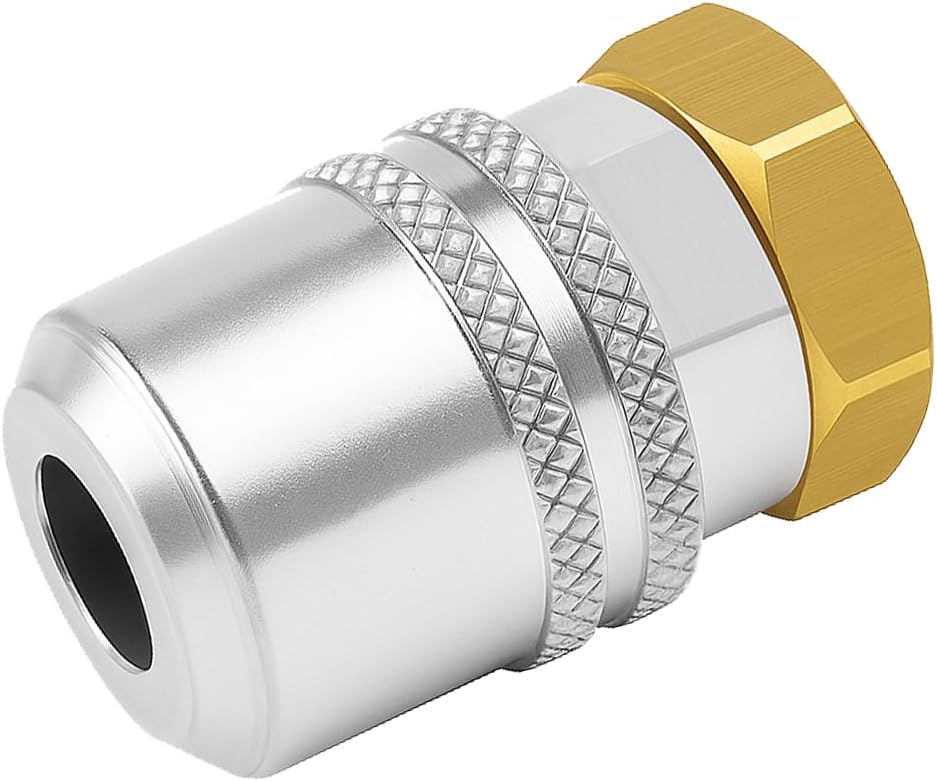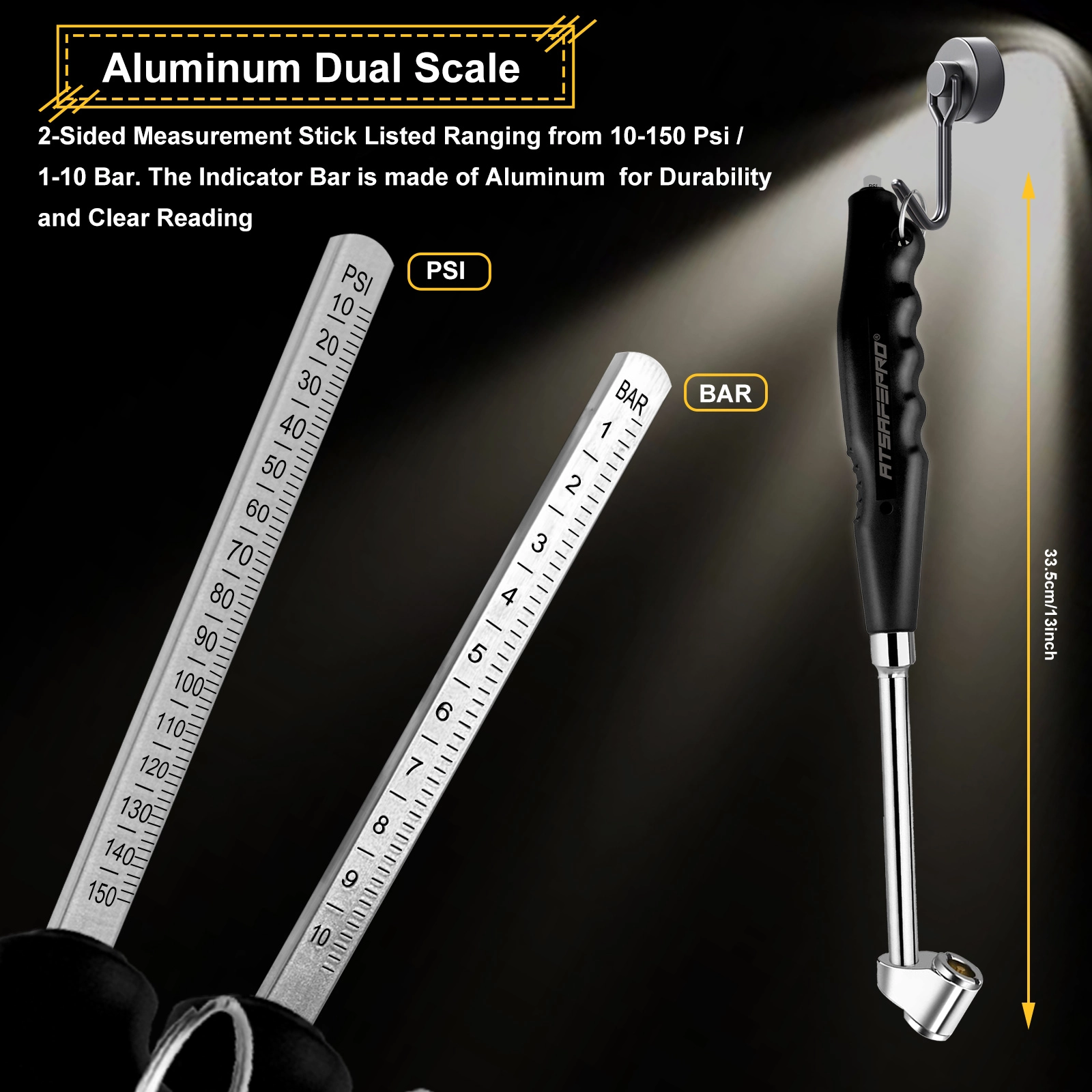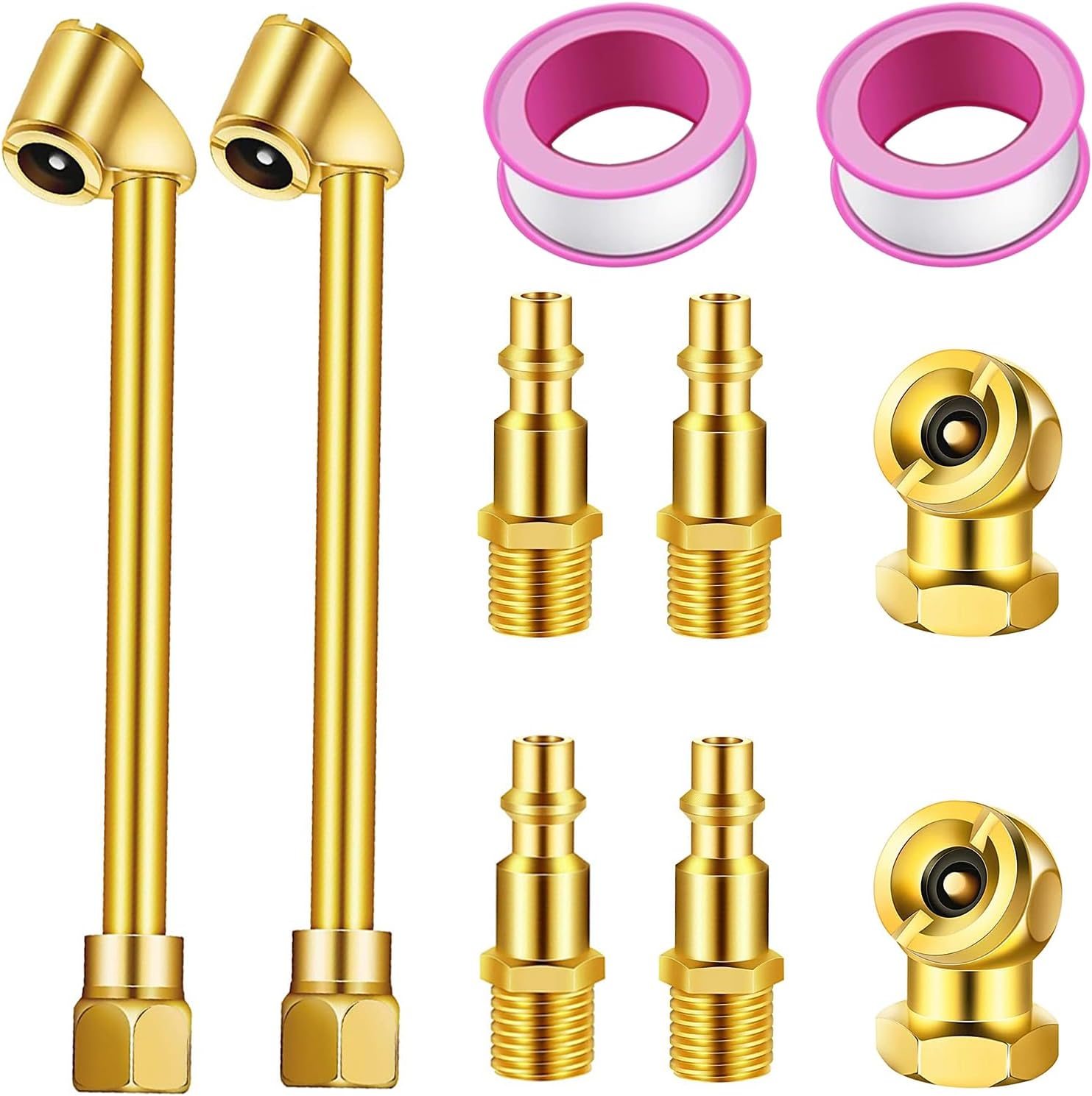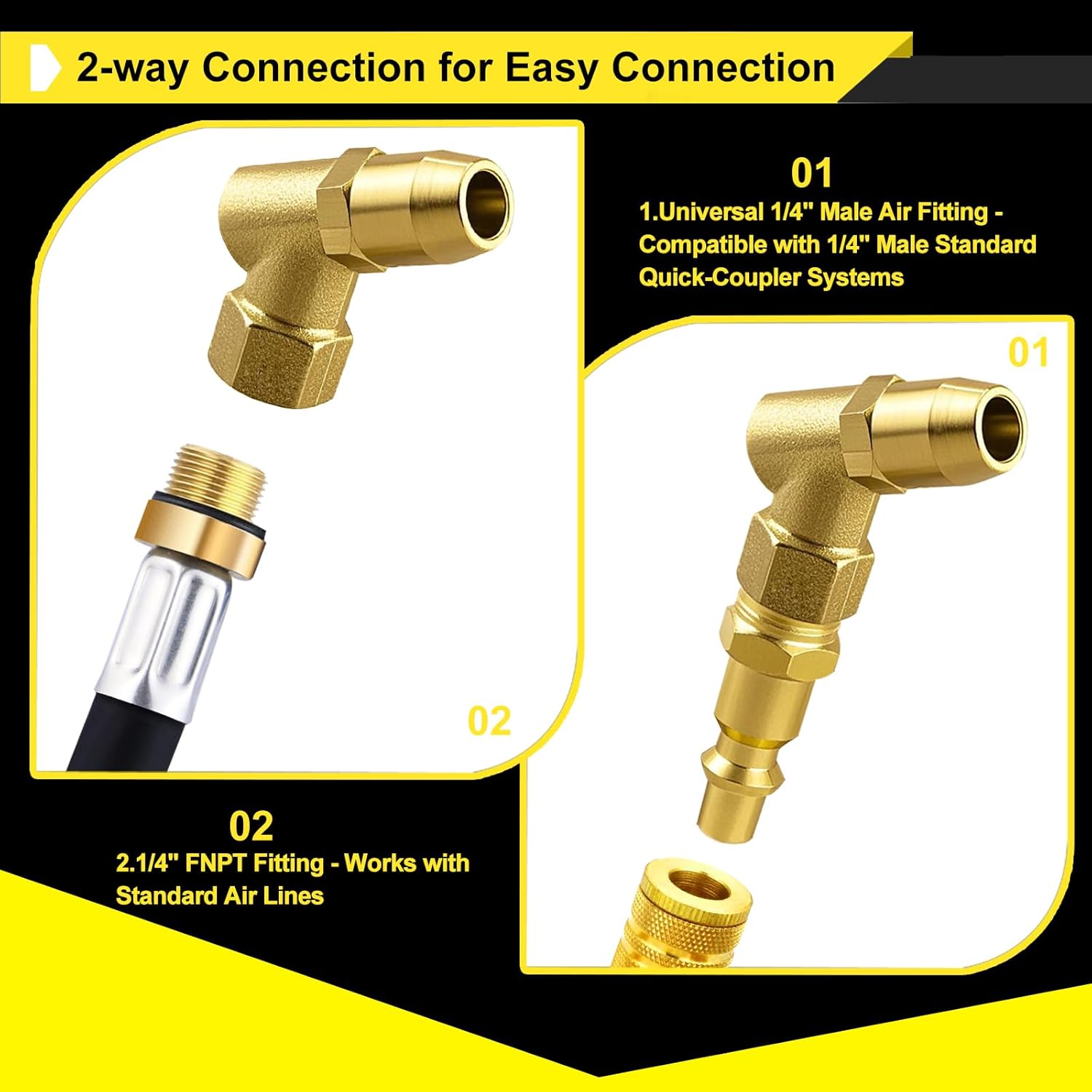Pneumatic air chuck is an essential tool in various industrial and mechanical applications, offering precise control and reliable performance for tasks that require secure gripping and manipulation of objects. This innovative device, often utilized in manufacturing and assembly lines, ensures that workpieces are held firmly without slippage, enhancing efficiency and safety. As we delve into the world of pneumatic air chucks, we'll explore their key features, benefits, and why they stand out in modern engineering solutions. Air chuck, a related technology, plays a pivotal role in this ecosystem by providing adaptable gripping mechanisms that can be customized for different materials and sizes.
Top Benefits of Using a Pneumatic Air Chuck
One of the primary advantages of a pneumatic air chuck is its ability to deliver consistent and powerful clamping force, which is crucial for high-precision operations. This tool operates using compressed air, allowing for quick activation and release, which minimizes downtime in production environments. For instance, in automotive manufacturing, pneumatic air chucks are used to hold engine components securely during machining, ensuring accuracy and reducing the risk of errors. Additionally, the design of these chucks promotes longevity, as they are built with durable materials like brass, which resist wear and corrosion over time. Air chuck technology further enhances this by offering versatility in grip types, making it suitable for both light and heavy-duty applications. With pneumatic air chucks, users can achieve superior pressure control, leading to optimized resource management and lower operational costs. Locking air chuck variants add an extra layer of security by preventing unintended releases, which is especially valuable in dynamic work settings.
Key Features That Make Air Chucks Stand Out
Air chucks come equipped with several features that set them apart from traditional clamping methods. First, their closed flow design ensures that air is only released when needed, providing efficient energy use and reducing waste. This is particularly evident in models crafted from high-quality brass, which not only offers robustness but also ensures smooth operation even under high-pressure conditions. Pneumatic air chucks often include adjustable jaws that can accommodate a wide range of object sizes, making them incredibly adaptable for various tasks, from delicate electronics assembly to heavy metal fabrication. Locking air chuck mechanisms are a standout feature, as they incorporate safety locks that maintain grip integrity during power fluctuations or vibrations. Moreover, the integration of these chucks into automated systems allows for seamless compatibility with modern machinery, boosting overall productivity. In professional settings, such as CNC machining, the precision of air chucks helps in achieving tighter tolerances, which directly translates to higher quality outputs and fewer rejects.
How Pneumatic Air Chucks Enhance Operational Efficiency
Pneumatic air chucks significantly improve workflow by enabling faster cycle times in repetitive tasks. Unlike manual clamps, these devices can be actuated rapidly with the push of a button, allowing operators to focus on more complex aspects of their work. For example, in the aerospace industry, where components must be handled with extreme care, the reliable grip of a pneumatic air chuck ensures that parts are positioned accurately every time. Air chuck systems also contribute to workplace safety by reducing the physical strain on workers, as they eliminate the need for manual tightening and loosening. This not only prevents injuries but also extends the usability of the tools themselves. Locking air chucks take this a step further by incorporating fail-safe features that keep the chuck engaged until intentionally released, which is critical in environments with high vibrations or sudden movements. Furthermore, the maintenance of these chucks is straightforward, with easy-to-access components that allow for quick inspections and replacements, thereby minimizing unplanned downtimes.
Comparing Air Chucks to Other Gripping Solutions
When pitted against hydraulic or mechanical chucks, pneumatic air chucks offer distinct advantages in terms of speed and energy efficiency. While hydraulic systems might provide more force, they often require more complex setups and can be messier due to fluid leaks. In contrast, pneumatic systems use clean, compressed air, making them ideal for cleanroom environments like pharmaceutical manufacturing. Air chuck designs are also more compact, allowing for greater flexibility in machine designs and space-constrained applications. Pneumatic air chuck variations, including those with locking mechanisms, provide an edge in reliability, as they are less prone to overheating or failure under continuous use. Users often report that integrating air chucks into their operations leads to a noticeable reduction in production costs, thanks to lower energy consumption and fewer maintenance issues. Additionally, the adaptability of locking air chucks means they can be easily retrofitted into existing equipment, offering a cost-effective upgrade path for businesses looking to modernize.
Real-World Applications and Success Stories
In practical scenarios, pneumatic air chucks have revolutionized industries by enabling precise and efficient operations. For instance, in woodworking shops, these chucks are used to hold irregular shapes securely during cutting and shaping processes, resulting in higher accuracy and less material waste. The closed flow design in modern air chucks ensures that air pressure is maintained consistently, which is vital for tasks requiring sustained force. Air chuck technology has also found its place in the medical device sector, where delicate instruments need to be assembled with utmost precision. Here, the quick response time of pneumatic systems allows for rapid prototyping and testing. Locking air chucks are particularly praised in construction equipment, where they secure heavy loads during lifting and positioning, preventing accidents and ensuring project timelines are met. Businesses that have adopted these tools often share success stories of increased throughput and reduced error rates, attributing their growth to the reliability of pneumatic air chucks. As technology advances, we can expect even more innovations in this field, further solidifying their role in efficient manufacturing.
Tips for Selecting and Maintaining Your Pneumatic Air Chuck
When choosing a pneumatic air chuck, consider factors like the required clamping force, jaw size, and compatibility with your existing setup. It's wise to opt for models with brass construction for enhanced durability and resistance to environmental factors. Regular maintenance is key to longevity; this includes checking for air leaks, lubricating moving parts, and inspecting the locking mechanisms for wear. Air chuck users should also ensure that their compressed air systems are properly filtered to prevent contamination, which could affect performance. For those dealing with high-vibration environments, investing in a locking air chuck can provide peace of mind. Additionally, training operators on the correct usage of these tools can maximize their benefits and safety. By following these guidelines, you can extend the life of your pneumatic air chuck and maintain optimal performance over time.
The Future of Pneumatic Air Chucks in Industry
Looking ahead, pneumatic air chucks are poised to evolve with advancements in automation and smart manufacturing. Integration with IoT devices could allow for real-time monitoring of chuck performance, predicting maintenance needs before failures occur. This proactive approach will further enhance efficiency and reduce costs for industries relying on these tools. Air chuck innovations may also include more eco-friendly designs that minimize air loss, aligning with global sustainability goals. As pneumatic air chuck technology continues to develop, it will undoubtedly play a crucial role in shaping the future of precision engineering, making it an indispensable asset for professionals and hobbyists alike.








